

Before you begin
It is important to remember that bonsai training is difficult, and you are more likely to succeed if you choose a tree that is native to your area, or that can handle your local weather well. It is also important to allow the seedling to grow and become strong before you start cutting and training it. Despite the fact that bonsai trees grow faster, don’t expect to be harvesting fruit in a couple of months. Some trees might need around five years before you can harvest anything.
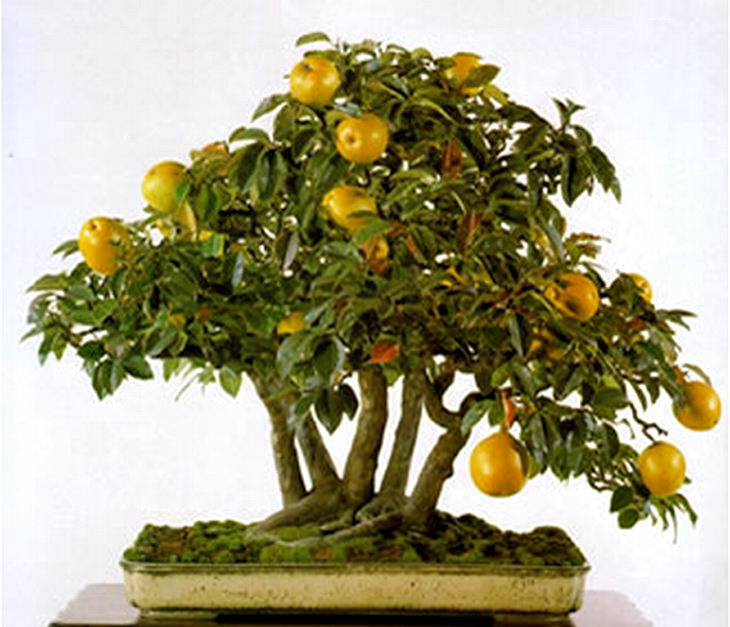
Preparations
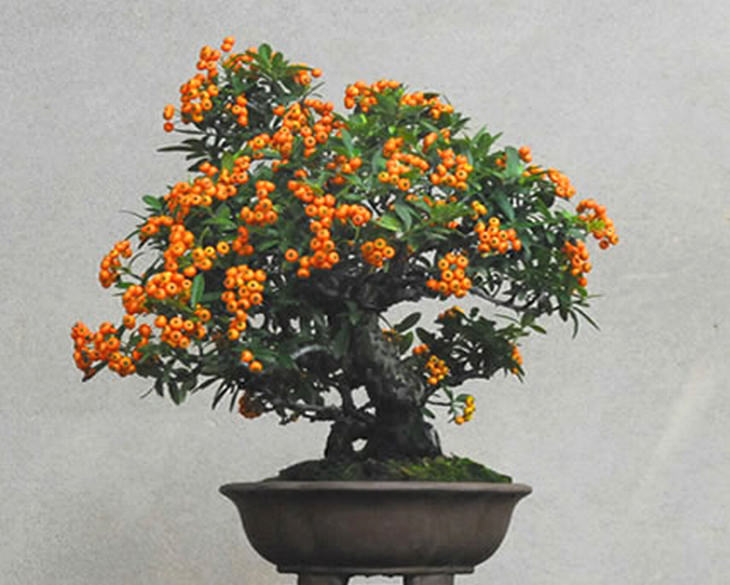
Planting the tree
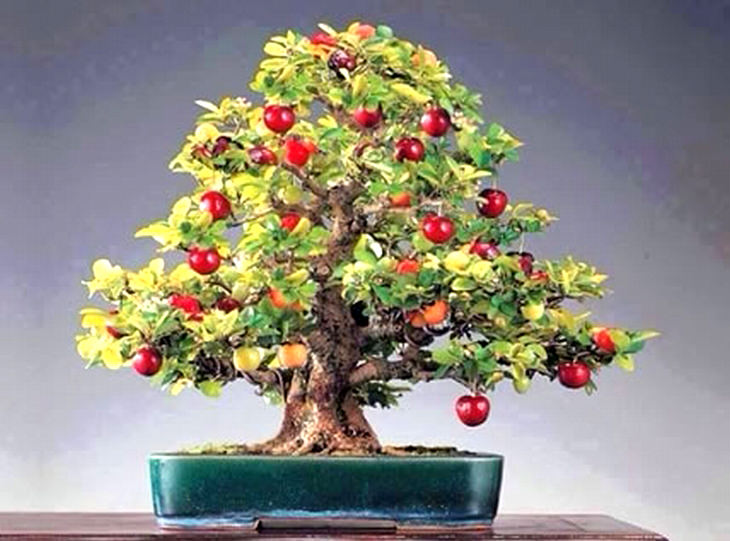
Care
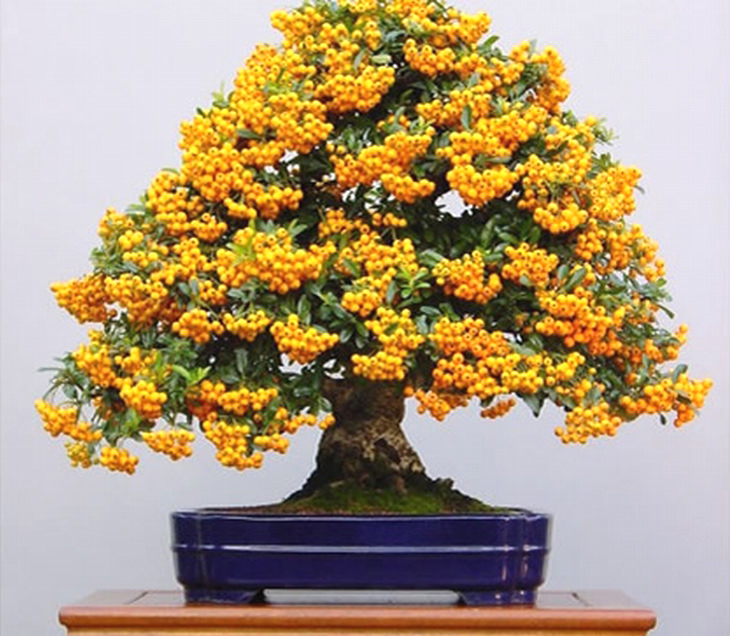

Shaping
Shaping is performed to give the tree a weathered look, without damaging it.
Use a metal wire to control the direction of growth. The wire mustn’t be too tight and will need periodic replacement as the tree grows. Wiring is done by looping a copper wire around the top of the trunk, then slowly looping the wire around the trunk and down to the base. If you wish to have certain branches bend a certain way, use the wire to direct them to where you want them to go.

BONUS: Here's a Simple Video Guide For Beginners
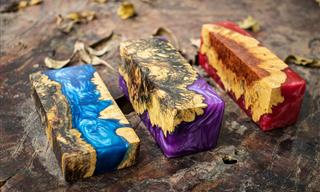
How to Make Your Own Epoxy Resin Art: An Introduction
Some tips about how to use that epoxy resin kit you bought to make some beautiful art at home.

What You Should Drink After a Meal for Better Digestion
What should we drink after a meal for better digestion?

8 Hypoallergenic Indoor Plants for Easy Breathing
We have discovered eight plant varieties that are recommended for growing and will keep allergies at bay!
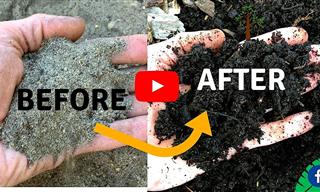 3:18
3:18
Tutorial: Improving Your Soil's Health Made Easy!
This tutorial will take you on a journey to transform the very foundation of your garden - the soil - without touching your wallet.

These Easy Fruit Arrangements Are So Refreshing...
A collection of 13 summery delights that will both please the eyes as well as the pallet.
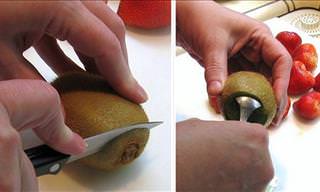
Our Complete Guide to Peeling Fruits and Vegetables!
Each fruit and vegetable has a different way of being effectively peeled. Our guide will teach you the very best methods!

7 Basic Winter Travel Mistakes and How to Avoid Them
These are the missteps you want to avoid when traveling in the winter.

Transform Your Room with These DIY Painting Tips
Painting your own room may seem like a daunting task. But here are some useful tips that will make the job easier.
 10:54
10:54
Learn the Banana Tricks You Always Wanted to Know
You're Going to Love This Handy Banana Trick

Discover the Most Spoken Languages in One Incredible Map!
This map is simply amazing, both informative and a work of art!
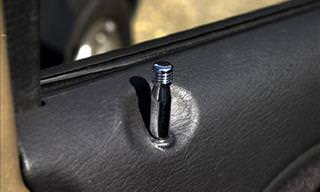
Locked Your Keys inside Your Car? You Need This Hack!
If you've locked yourself out of your car, this neat trick will help you solve your problem.

The Essential Cheat Sheet for Every Fashionista
Everyone will be able to get something useful from these fashion and clothing care infographics.

How to Clean and Organize a Leather or Fabric Wallet
Your wallet has more germs than a toilet, but most rarely clean theirs. This guide will walk you through deep cleaning and organizing your wallet.

WATCH: I Had No Idea Coconut Oil Was THIS Useful!
Coconut oil is a substance you need both in your kitchen and in your medicine cabinet, as you're about to see with these 10 unexpected uses.
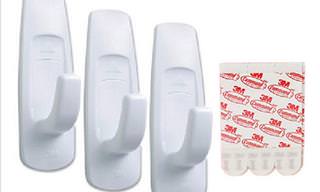 4:09
4:09
Amazing! How Can One Small Tool be So Useful?
18 brilliant ways to use Command Hooks. These will come in handy in the future.

Make Your Home Look Expensive With These Low-Cost Tips
Transform the look of your home with these low-cost tips and tricks.

How to Clean Your Jewels at Home for Free
Enjoying clean jewels used to be a tedious chore, or an expensive visit to the jeweler's, but this way you can do it at home, for free!

13 Great Secret Hiding Spots That Burglars Will Never Find
Here are a few practical places to properly hide your cash and valuables from professional criminals.

6 Handy Ways to Open a Bottle WITHOUT a Bottle Opener
Want to enjoy your bottle of beer but can't find the bottle opener? Don't worry. Try these clever hacks.
 8:03
8:03
Christmas Tree Hacks: 9 Game-Changing Tips
Use these Christmas tree tips to make your holiday festivities easier.

Solve Your Everyday Problems with These Time Saving Tips
This handy list of hacks will make your life easier and is budget-friendly. You'll be surprised to discover what you can do with these everyday objects.

Make Cleaning Windows Less Tedious with This DIY Recipe
There is a quicker and more effective way to clean the windows in your house. Take a look at these two methods.

How To Prevent Roaches From Entering Your Home
Learn some useful tips as you struggle to keep roaches out of your home.

Body Wash vs. Bar Soap: Which One Should You Choose?
Body wash or shower gel? Which one do you prefer? If you’re uncertain, we’ll help you find out when to use each one.

Banish Your Skin's Pimply Blemishes with These 8 Remedies
You thought and hoped you'd left those acne ridden days behind you. Well with these 8 home-remedies you may finally be able to enjoy pimple free skin.

12 Myths We've Been Told About Intercourse that Aren't True
It's time to expose some of the myths we've all been told but are actually boldfaced lies.

What Are the Healthiest Cooking Oils? Find Out Here!
With so many oils available in shops nowadays, it's tricky to know which one to buy. This article gives you 9 of the healthiest oils on the market today,

Rice Water - 6 Unexpected but Super Helpful Uses
After reading this article, you will never throw away rice water again.
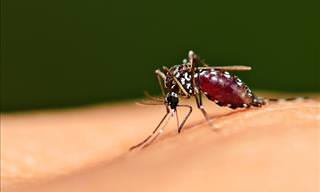
Grow These Plants to Banish Mosquitoes For Good!
No one likes mosquitoes, but if you're smart, you can prevent them from bothering you by having these plants in your home.
 6:08
6:08
Fold a Napkin Into a Rose for a Unique Table Setting
Learn to set a table with napkin folding, giving a unique touch to your dinner table.

The Ultimate Makeup Guide You Need in Your Life!
Learn how to prepare makeup for day-to-day as well as special occasions the right way thanks to the nifty tricks given by this life-saving infographic!

23 Simple & Helpful Life Tips Everyone Should Know
Quick and simple tips that will help you handle many of life's more irritating moments...

These Cool Charts Will Make Your Christmas So Much Better
These cool charts will make your Christmas so much better.
 4:16
4:16
The Secret to Folding a Fitted Sheet!
A fitted sheet seems to be designed NOT to be folded. However, this video will tell you the truth and teach you how to fold it with ease.

8 Pressure Points for Improving Memory and Concentration
Whenever you feel stress starting to affect your concentration, or if you just want to improve your memory, try these 8 points ...
 4:01
4:01
These Insane Motorbike Stunts Will Make You Doubt Your Eyes
Motorbike stunts that completely defy the laws of gravity!

The Easiest Way to Clean and Freshen Your Mattress
There are thousands of small reasons to clean your mattress, and one simple way to do so!
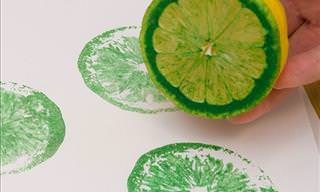
15 Fun and Unique Craft Ideas for Home Decor
These different and creative craft ideas can add a lot of pizzazz and joy to a home. Learn how to make them here!

12 Fruit and Vegetables That are Dangerous to Consume
Which fruit and vegetables have the most pesticides on them? Find out here!

8 Running Mistakes Most of Us Make
Just because you think you know how to run doesn’t mean that you’re doing it correctly – or effectively. Here are 8 mistakes people make when running.
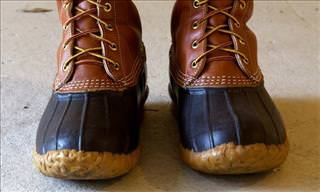
Spend the Money on These Items and They'll Last a Lifetime
There are certain items that we shouldn't be afraid of spending a bit more on, and this is because paying for quality will ensure they last us a lifetime.
 6:23
6:23
The Best Way to Clean Your Oven Racks
Let's dive into this clever solution that is set to make your kitchen life a lot easier!

6 Popular Grocery Items You Should Definitely Stop Buying
Many companies have become masters at selling us stuff we don't need. Here are some of the worst offenders.

Make Your Home Smell Amazing with These 2 Ingredients
You can make your home smell absolutely amazing by using just these two ingredients. This video will show you how to make your own air freshener.

12 Fabulous Uses for Socks That Have Lost Their Mate
Here is a terrifically useful list of 12 handy ways that your odd sock or stocking can regain her purpose, get ‘out there’ and reinvent herself.

Here's What You Do With Your Leftover Plastic Spoons!
I never thought there was so much to do with this simple single-use utensil.

Wow! Check Out These 12 Unexpected Uses of Home Appliances
From steaming towels in a rice cooker to cooking salmon in a dishwasher, these alternative functions are bound to amaze you!


